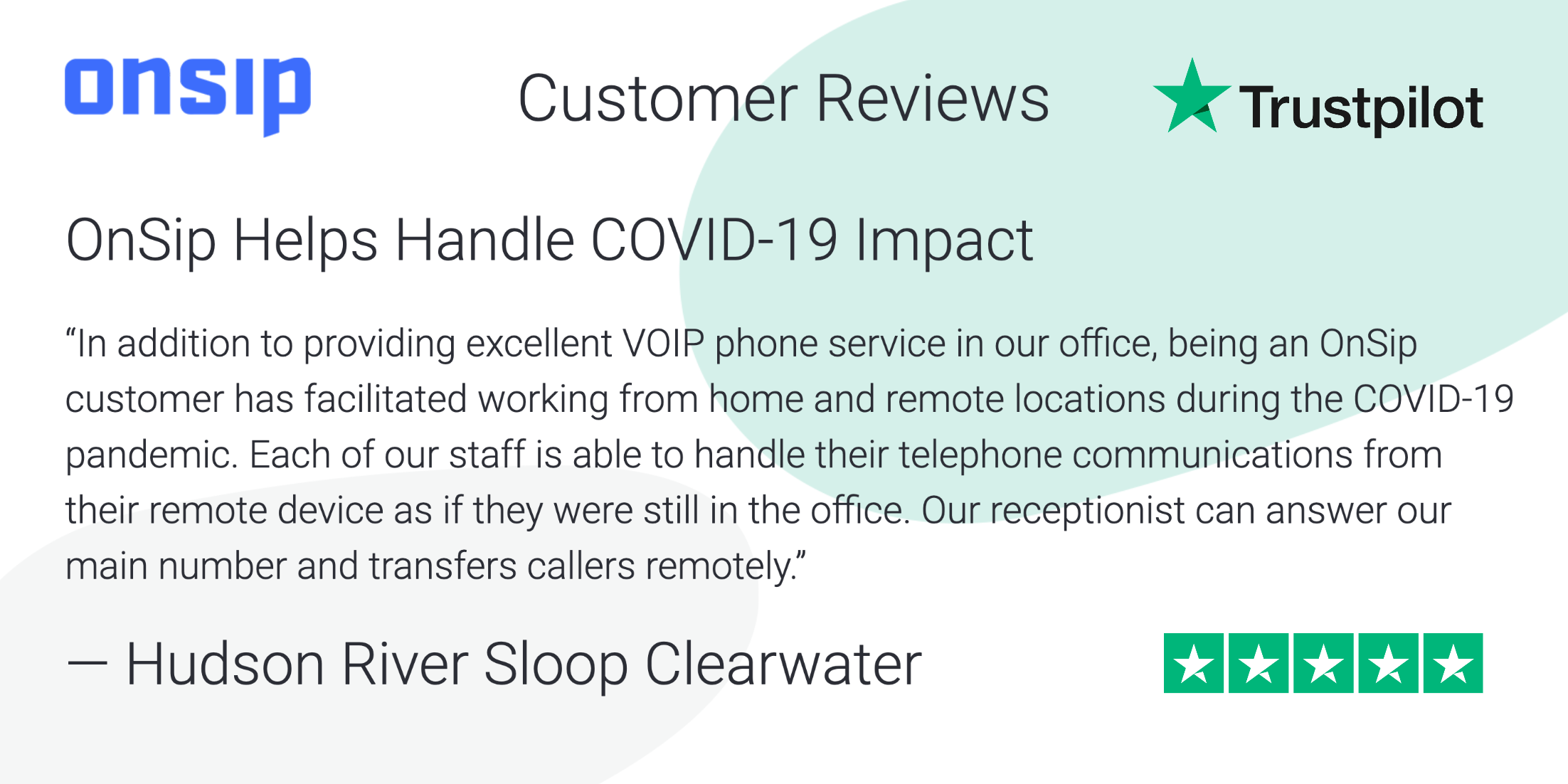Scalability in cloud services is hugely important. It means the service can handle change in demand: It can grow with you and shrink when necessary, all while maintaining top-notch performance so there’s no disruption to business continuity.
Naturally, this makes sense from the startup or small business standpoint. When we talk about scalability—and we often do—our focus is usually on SMBs. We’re proud to offer scalability. Your needs a year from signing up could drastically change, and we want to be there with you the whole way. This is why OnSIP hosted VoIP scales with you. We set up our system so that you pay for what you need, when you need it. If you need to scale back, no problem. If you need to adjust to new situations like a fully remote workforce or a boom in business, OnSIP’s platform can handle that elasticity so that you don’t have to switch providers every time you move up or down the growth ladder.
As we all learned in 2020, scalability isn’t just about mitigating cost with growth trajectory. Sometimes the world turns into the Springfield tire fire, and suddenly scalability is less “smart planning” and more, “Oh, thank goodness this is one less issue to worry about in the year(s) of hell.”
It’s one thing to shift business functionality to the cloud. It’s another to move your entire work life and habits. We’re not used to living at work, not even those of use who worked from home before Covid made us all shut-ins. We now do most work tasks online, and that can be a difficult adjustment. There’s a lot to be said for in-person collaboration that’s hard to replicate remotely.
But you can adapt, finding a software and method that works for your team. And that right there is the crux of cloud scalability: adapting in the most human-centric way possible.
Cloud Architecture for Security and Business Continuity
There’s more to scalability than a mad rush to shift business to the cloud. Like most projects, taking time to strategize and compile data before diving into the deep end goes a long way toward keeping you from floundering later. Reactionary actions always leave out details that come back to bite us. Work smarter, not harder, right?
Down the line, cloud scalability is one of the best tools for disaster recovery and business continuity. Those companies that had already implemented cloud scalability certainly had an easier time managing Covid than those that hadn’t (relatively, of course). When offices closed down, scalability and reliability were already in place, allowing those businesses to manage their costs on the fly while still delivering quality service. As for those who weren’t yet fully in the cloud? Sumo Logic CEO Ramin Sayar shared his thoughts on Deloitte’s Architecting the Cloud podcast:
“They’re going to have to learn now how to do that in the cloud more aggressively. And so more customers are going to be forced to leverage the cloud services, their SaaS application partners, their PaaS providers and the like to get through not only this crisis, but also through this next stage and journey of their own existence as a company.”
—Ramin Sayar, Sumo Logic.
With the first anniversary of the nationwide shutdown come and gone, it’s hard to think of work and life post-pandemic. It may be easier to shrug off native cloud architecture if you’ve come this far without it. But as Sayar points out, cloud scalability is essential for post-crisis business growth and management.
Cloud Scalability After Covid
Moving to the cloud occurs in steps. There are many easy switches to the cloud that can help you scale to both business size (growth) and necessity (Covid). One of those is VoIP. While other aspects of cloud scalability require the time and recognizance we mentioned above, some are easier to implement and in a crunch help facilitate those larger changes. OnSIP focuses on scaling to your needs—whether that’s more phone lines or additional hardware or anything in between.


